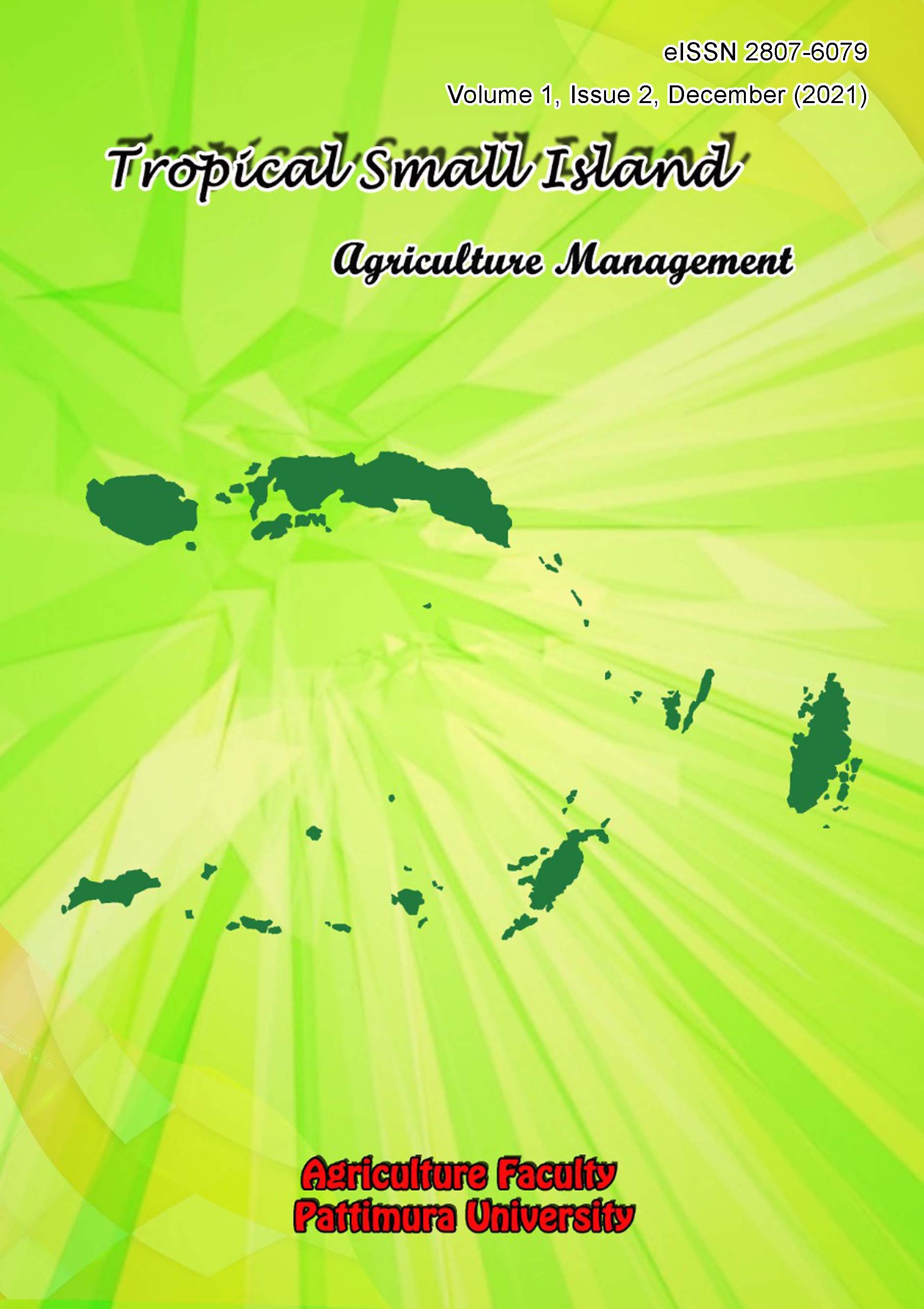Distribution of Tree Canopy-Level Vegetation in Mandiangin Hill, Banjar Regency
Abstract
The high diversity of tree species at various height levels indicates that there may still be many unidentified tree species, making it unclear how the distribution and abundance of the tree community's structure are. The ULM Special Purpose Forest Area (KHDTK ULM) covers an area of 1,617 hectares. The KHDTK ULM includes several regions such as Bukit Besar, Bukit Mandiangin, Bukit Pamaton, and Bukit Pandamaran, each with different elevations. Research on the structure of the tree community at Bukit Mandiangin is necessary for the preservation of germplasm in the KHDTK ULM. The objectives of this research are (1) to assess the presence of tree species at different elevations, (2) to analyze the distribution and abundance of tree species at different elevations, and (3) to analyze the diversity, evenness, and similarity of tree species communities at different elevations
Downloads
References
Barbour, G.M., Burk, J.K., & Pitts, W.D. (1980). Terrestrial Plant Ecology. Los Angeles: The Benyamin / Cumming Publishing Company. Inc.
Dahlan, M.M. (2011). Komposisi Jenis Tumbuhan Bawah Pada Tegakan Sengon (Paraserianthes falcataria L., Nielsen) (Studi Kasus di Areal Kampus IPB Darmaga). Skripsi Sarjana Fakultas Kehutanan IPB. Bogor.
Destaranti, N., Sulistiyani & Edy, Y. (2017). Struktur dan Vegetasi Tumbuhan Bawah pada Tegakan Pinus di RPH Kalirajut dan RPH Baturraden Banyumas. Scripta Biologica, 4(3), 155– 160.
Hilwan, I., Mulyana, D., & Pananjung, W. G. (2013). Keanekaraaman jenis tumbuhan bawah pada tegakan sengon buto (Enterolobium cyclocarpum Griseb.) dan trembesi (Samanea saman Merr.) di lahan pasca tambang batubara PT Kitadin, Embalut, Kutai Kartanagara, Kalimantan Timur. Jurnal Silvikultur Tropika, 4(1), 6-10.
Kusmana, C., & Susi, S. (2015). Komposisi dan struktur tegakan hutan alam di Hutan Pendidikan Gunung Walat, Sukabumi. Jurnal Silvikulur Tropika, 5(3), 210-217.
Magurran, A.E. (1988). Ecological Diversity and Its Measurement. New Jersey (US): Princeton University Press.
Maisyaroh, W. (2010). Struktur komunitas tumbuhan penutup tanah di hutan raya R. Soerjo Cangar Malang. Jurnal Pembangunan dan Alam Lestari, 1(1), 1-9.
Ministry of Forestry. (2004). Panduan Kegiatan Magang CPNS Departemen Kehutanan di Taman Nasional. Departemen Kehutanan. Jakarta
Odum, E. P. (1993). Dasar-Dasar Ekologi. Universitas Gajah Mada Press. Yogyakarta.
Soerianegara, I. & Indrawan, A. (1978). Ekologi Hutan Indonesia. Institut Pertanian Bogor: Bogor.
Wibisono, Y., & Azham, Z. (2017). Inventarisasi Jenis Tumbuhan yang Berkhasiat Sebagai Obat pada Plot Konservasi Tumbuhan Obat di KHDTK Samboja Kecamatan Samboja Kabupaten Kutai Kartanegara. Agrifor: Jurnal Ilmu Pertanian dan Kehutanan, 16(1), 125-140.
Yesse, R. 2011. Keanekaragaman Jenis Tumbuhan yang Berpotensi Sebagai Obat Di Kawasan Hutan Lindung Gunung Naning Desa Meragun Kecamatan Nanga Taman Kabupaten Sekadau. Skripsi Sarjana Kehutanan Fakultas Kehutanan Universitas Tanjungpura. Pontianak.
Zulkarnaen, R. N. 2017. Struktur dan Asosiasi Komunitas Tumbuhan Bawah di Resort Cikaniki, Taman Nasional Gunung Halimun Salak. Jurnal Ilmu Alam dan Lingkungan, 8(2).
Copyright (c) 2022 Susilawati Susilawati, Eny Dwi Pujawati, Arfa Agustina, Yazid Busthami, Dwi Revina Novialita

This work is licensed under a Creative Commons Attribution-ShareAlike 4.0 International License.
Authors who publish with this journal agree to the following terms:
- Authors retain copyright and grant the journal right of first publication with the work simultaneously licensed under a Creative Commons Attribution License that allows others to share the work with an acknowledgment of the work's authorship and initial publication in this journal.
- Authors are able to enter into separate, additional contractual arrangements for the non-exclusive distribution of the journal's published version of the work (e.g., post it to an institutional repository or publish it in a book), with an acknowledgment of its initial publication in this journal.
- Authors are permitted and encouraged to post their work online (e.g., in institutional repositories or on their website) prior to and during the submission process, as it can lead to productive exchanges, as well as earlier and greater citation of published work (See The Effect of Open Access).









